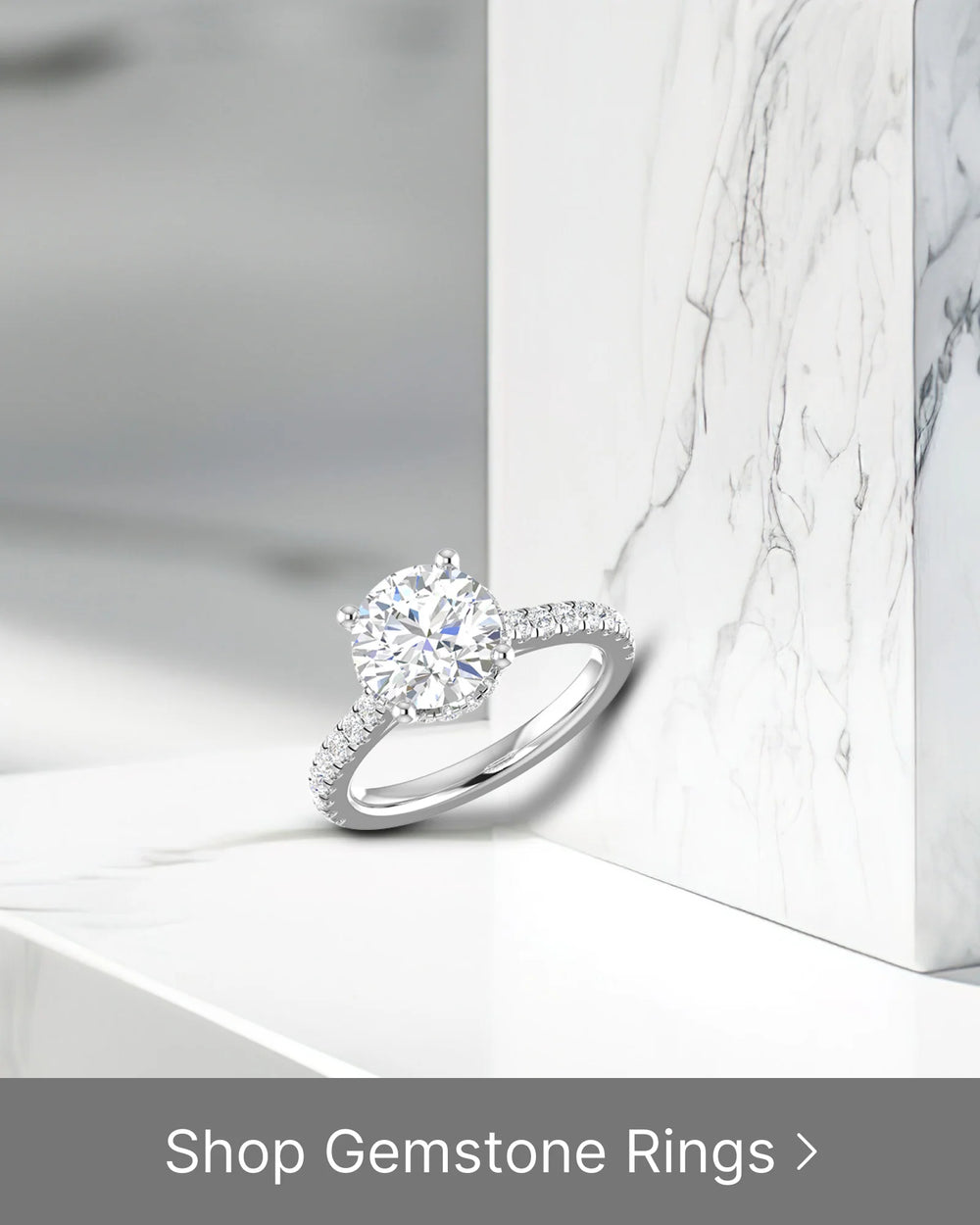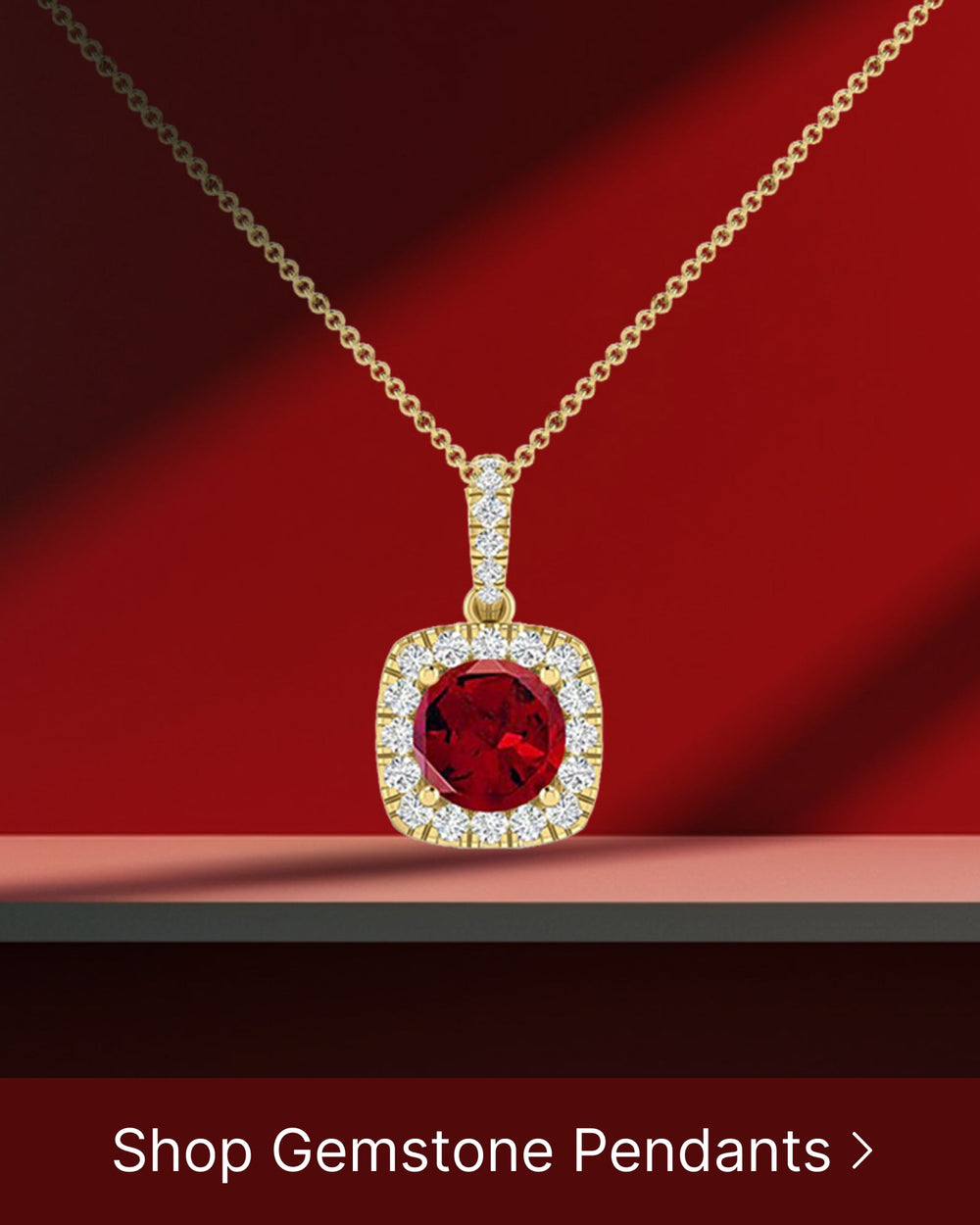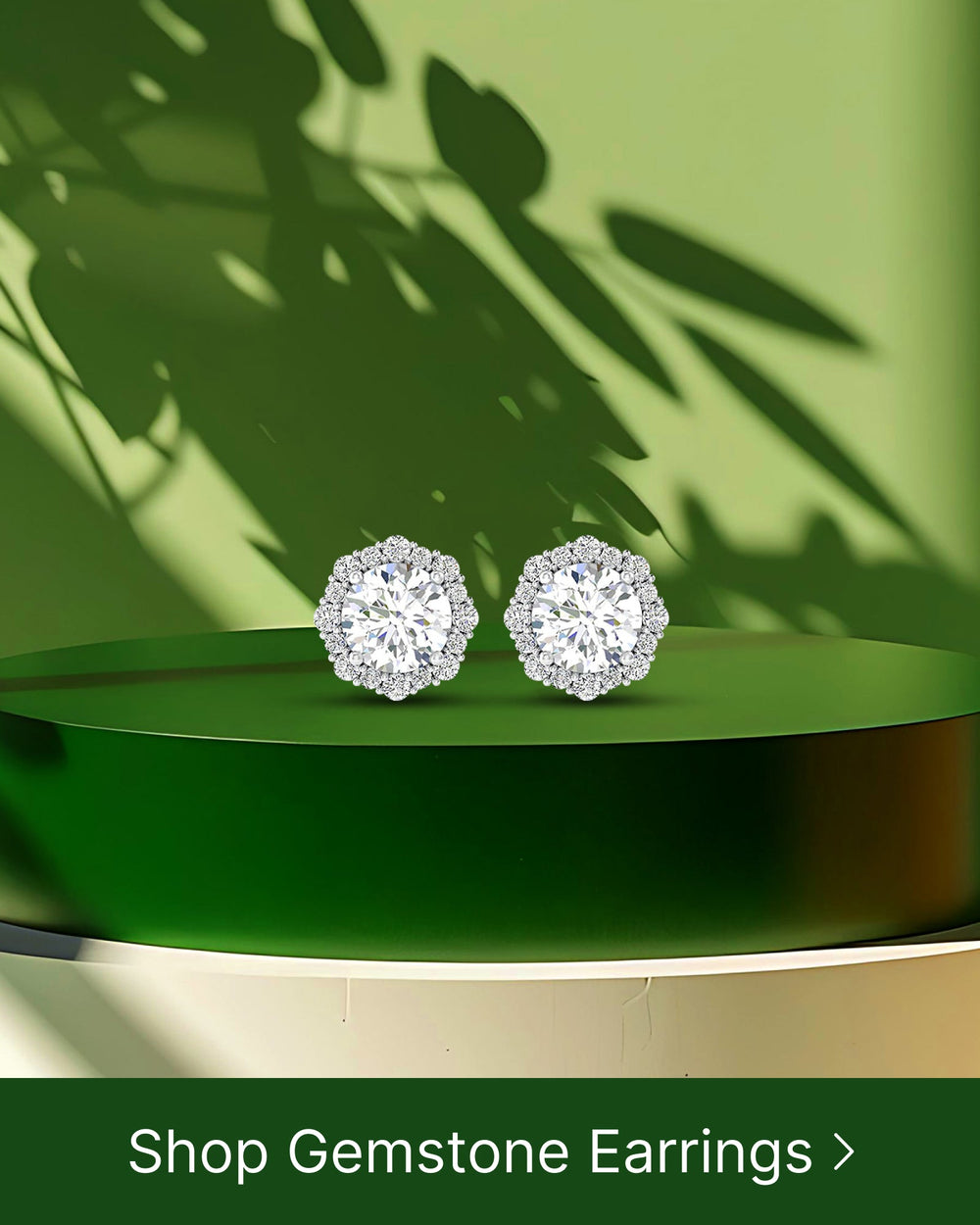Citrine: A Long-Lasting Gemstone?
Citrine is a popular gemstone known for its vibrant yellow hue and stunning warmth. But is it truly a long-lasting gemstone? To answer this question, it's important to delve into the origins, durability, jewelry making potential, symbolism, and buying considerations of citrine. Let's explore each aspect in detail to gain a comprehensive understanding of this captivating gem.
Understanding the Origins of Citrine
Before we can determine the longevity of citrine, it's crucial to grasp its origins. Citrine is a variety of quartz, which is one of the most common minerals on Earth. It forms when amethyst, another type of quartz, undergoes heat treatment. This heat exposure transforms the purple amethyst into the radiant yellow citrine we know and love.
But let's delve deeper into the fascinating world of citrine and explore its geological formation and historical significance.
Geological Formation of Citrine
Citrine is mainly found in granite rocks and alluvial deposits. Its formation is intertwined with the geological processes that shape our planet. As underground fluids interact with the surrounding rock, they dissolve silica and other elements, eventually transforming into crystals. When these crystal-filled cavities cool and solidify, they can give birth to citrine.
The formation of citrine is a complex and intricate process that takes place over millions of years. It requires the perfect combination of temperature, pressure, and chemical composition. The geological forces at play create a vibrant yellow gemstone that captures the imagination and beauty of nature.
Interestingly, the color of citrine can vary, ranging from pale yellow to deep amber. This variation in color is influenced by the presence of impurities and trace elements during its formation. Iron is often responsible for the rich golden hues seen in citrine, while aluminum impurities can give it a more orange tint.
Geologists and gemologists continue to study the geological formation of citrine, uncovering new insights into its origins and the conditions necessary for its creation. This ongoing research contributes to our understanding of Earth's geological processes and the incredible diversity of gemstones found within its depths.
Historical Significance of Citrine
Citrine has a rich history that spans across civilizations. Ancient civilizations revered this gemstone for its vibrant color and believed it possessed mystical properties. Romans and Greeks adorned themselves with citrine jewelry, associating it with prosperity and protection. They believed that citrine could bring wealth and ward off evil spirits.
During the Middle Ages, citrine continued to hold significance. It was considered a stone of healing and was often used to treat ailments such as digestive issues and liver problems. The gemstone was also believed to promote clarity of thought and enhance creativity.
Later, during the Art Deco era, citrine gained popularity as a gemstone symbolizing abundance and joie de vivre. Its warm and sunny hues perfectly complemented the bold and glamorous designs of the time. Citrine jewelry became a staple in the wardrobes of the fashionable elite, adding a touch of luxury and vibrancy to their ensembles.
Today, citrine remains a sought-after gemstone, cherished for its beauty and positive energy. It is often used in jewelry designs, from delicate earrings to statement necklaces, and is treasured by those who appreciate its unique charm.
As we explore the historical significance of citrine, we gain a deeper appreciation for its cultural and symbolic value. It is a gemstone that has stood the test of time, captivating hearts and minds throughout the ages.
The Durability of Citrine
When it comes to longevity, a gemstone's durability plays a pivotal role. Let's take a closer look at how citrine performs in terms of hardness and factors that can affect its long-term preservation.
But first, let's delve into the fascinating world of gemstones. Gemstones are natural minerals that are prized for their beauty and rarity. They have been cherished throughout history for their exquisite colors and unique properties. Citrine, a member of the quartz family, is no exception.
Mohs Scale and Citrine's Hardness
Citrine ranks a respectable 7 on the Mohs scale of mineral hardness, making it relatively resistant to scratches and abrasions. This scale, developed by Friedrich Mohs in 1812, measures the hardness of minerals on a scale of 1 to 10, with 10 being the hardest. While it is not as hard as diamonds, sapphires, or rubies, citrine's hardness allows it to withstand everyday wear and tear without significant damage.
But what exactly does hardness mean in the context of gemstones? Hardness refers to a gemstone's resistance to scratching and is determined by the strength of its atomic bonds. The stronger the bonds, the higher the hardness. Citrine's relatively high hardness is a testament to its durability and makes it a popular choice for jewelry.
Factors Affecting Citrine's Longevity
Despite its inherent durability, citrine's longevity can depend on various factors. One of the primary factors is exposure to extreme heat and sudden temperature changes. Like many gemstones, citrine can be sensitive to rapid temperature fluctuations, which can cause thermal shock and potentially lead to cracks or fractures. It is important to avoid exposing citrine jewelry to extreme heat sources, such as hot water or open flames.
In addition to temperature, citrine should also be protected from prolonged exposure to direct sunlight. While citrine is known for its vibrant yellow and orange hues, prolonged exposure to sunlight can cause the gemstone to fade over time. To preserve its color and clarity, it is advisable to store citrine jewelry in a cool, dark place when not in use.
Furthermore, proper care and maintenance can significantly extend the lifespan of citrine jewelry. Regular cleaning using mild soap and warm water, along with gentle brushing using a soft toothbrush, can help remove dirt and debris that may accumulate on the gemstone's surface. It is important to avoid using harsh chemicals or ultrasonic cleaners, as they can potentially damage the gemstone.
In conclusion, citrine's durability makes it a popular choice for jewelry that can withstand everyday wear and tear. Its hardness and resistance to scratches make it a gemstone that can be enjoyed for years to come. However, it is important to be mindful of factors that can affect its long-term preservation, such as extreme heat, sudden temperature changes, and prolonged exposure to direct sunlight. By taking proper care and following maintenance guidelines, citrine jewelry can retain its beauty and luster for generations.
Citrine in Jewelry Making
Citrine's captivating charm makes it a sought-after gemstone in the world of jewelry making. Let's explore some popular citrine jewelry designs and discuss how to care for and maintain citrine jewelry to ensure its durability.
Popular Citrine Jewelry Designs
Citrine's vibrant yellow hue blends beautifully with various metals, making it a versatile gemstone for jewelry designers. From stunning citrine solitaire rings to elegant citrine pendant necklaces, there is a myriad of designs to choose from. Citrine is also frequently incorporated into unique and eye-catching pieces alongside other gemstones.
Care and Maintenance for Citrine Jewelry
To keep your citrine jewelry looking its best for years to come, proper care is essential. When not worn, store citrine jewelry in a soft cloth or a lined jewelry box to prevent scratching. Avoid exposing your citrine jewelry to harsh chemicals or subjecting it to high temperatures. Regular cleaning with mild soap and water will help maintain its brilliance and shine.
The Symbolism and Healing Properties of Citrine
Aside from its aesthetic appeal, citrine holds symbolic significance and is said to possess various healing properties. Let's delve into the rich symbolism of citrine and explore its role in modern crystal healing practices.
Citrine in Mythology and Folklore
Citrine has been associated with abundance, success, and positive energy throughout history. In ancient times, citrine was believed to carry the power of the sun, bringing warmth and positive transformation. Some cultures considered citrine as a stone of protection against negative energies, while others believed it could attract wealth and prosperity.
Citrine in Modern Crystal Healing Practices
Crystal healing enthusiasts believe that citrine can help boost confidence, inspire creativity, and promote mental clarity. It is thought to carry energies that aid in manifestation and attracting abundance. Citrine is often used in meditation practices to manifest goals and attract positive outcomes.
Buying Citrine: What to Look For
When purchasing citrine, it's important to evaluate the quality of the gemstone and consider ethical factors. Let's explore some key considerations to guide you in making an informed decision.
Evaluating Citrine Quality
When assessing the quality of citrine, examine its color, clarity, and cut. The most prized citrine gemstones showcase a vibrant yellow or golden hue, with minimal inclusions that can affect transparency. A well-cut citrine will exhibit brilliant facets that enhance its sparkle and light reflection.
Ethical Considerations When Purchasing Citrine
As conscientious consumers, it's essential to consider the ethical aspects of purchasing citrine. Look for reputable jewelers who source their gemstones responsibly and adhere to fair trade practices. Ensure that the citrine you acquire is ethically mined and processed, minimizing environmental impact and supporting the well-being of the communities involved in the gemstone trade.
In conclusion, citrine proves to be a lasting gemstone suitable for jewelry making and cherished for its symbolism and healing properties. Its durability, combined with proper care and maintenance, ensures that citrine jewelry can withstand the test of time. With an understanding of its origins, qualities, and ethical considerations, you can confidently embark on your journey to acquire a remarkable piece of citrine jewelry.





